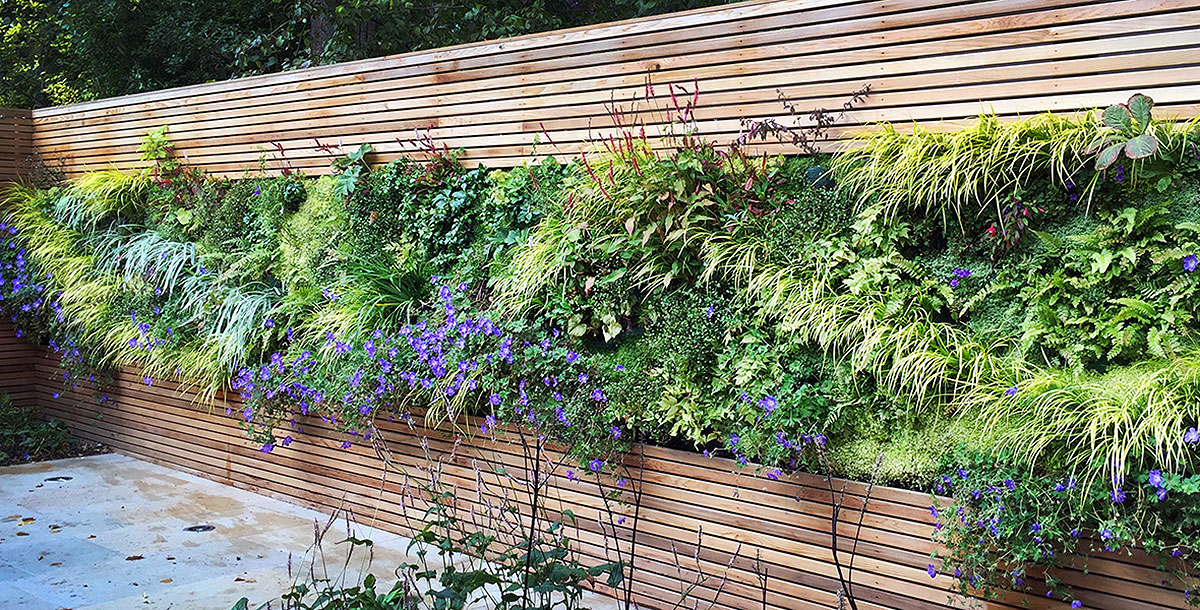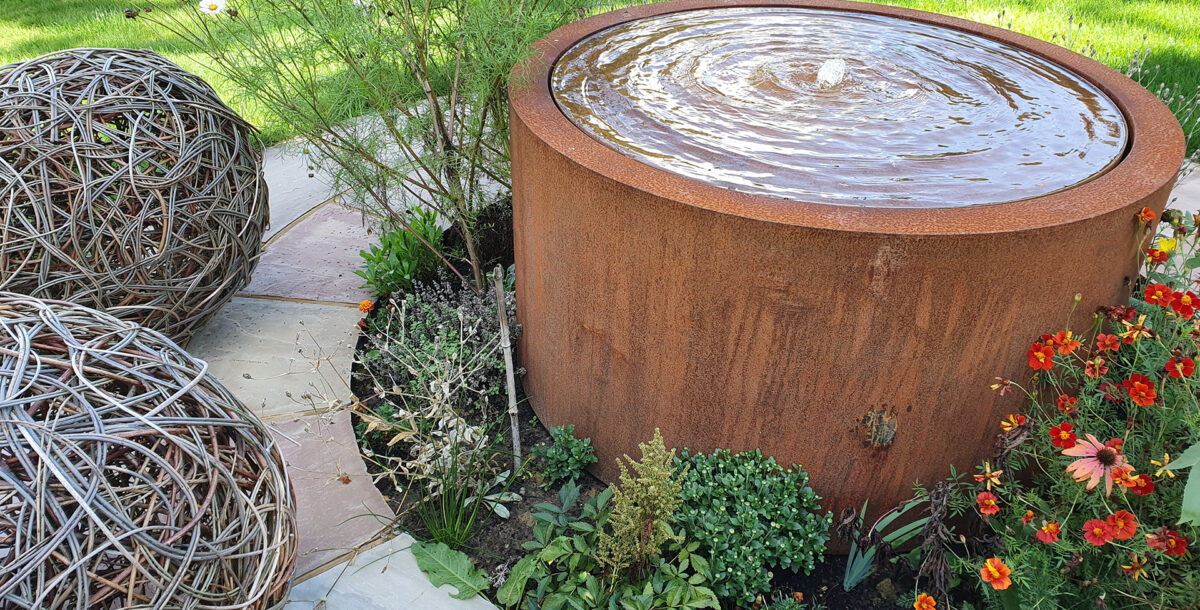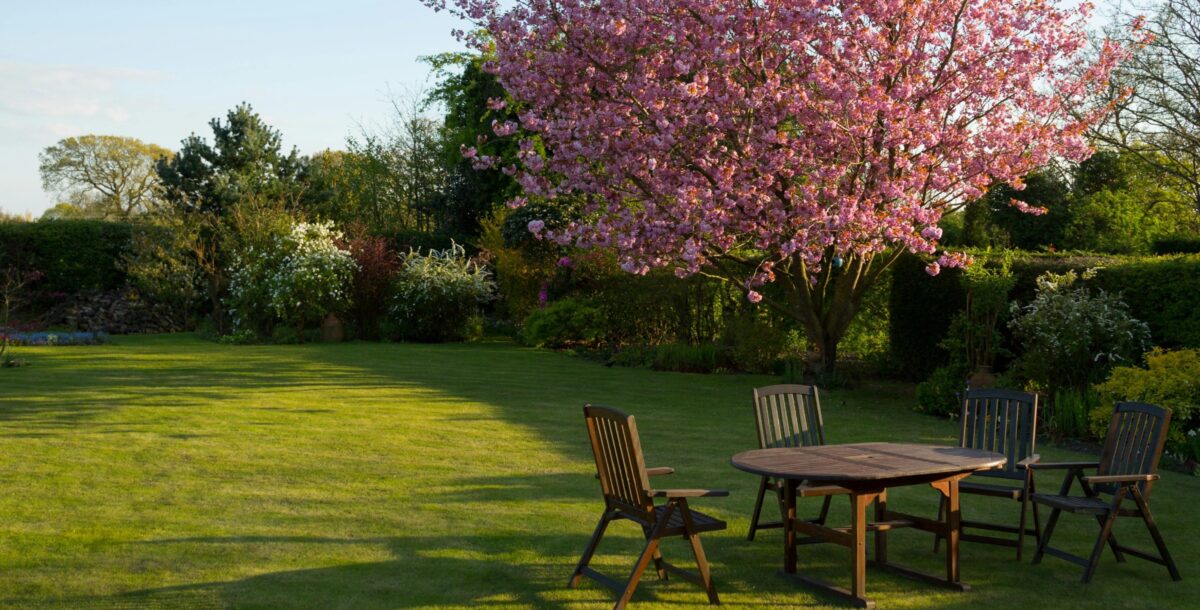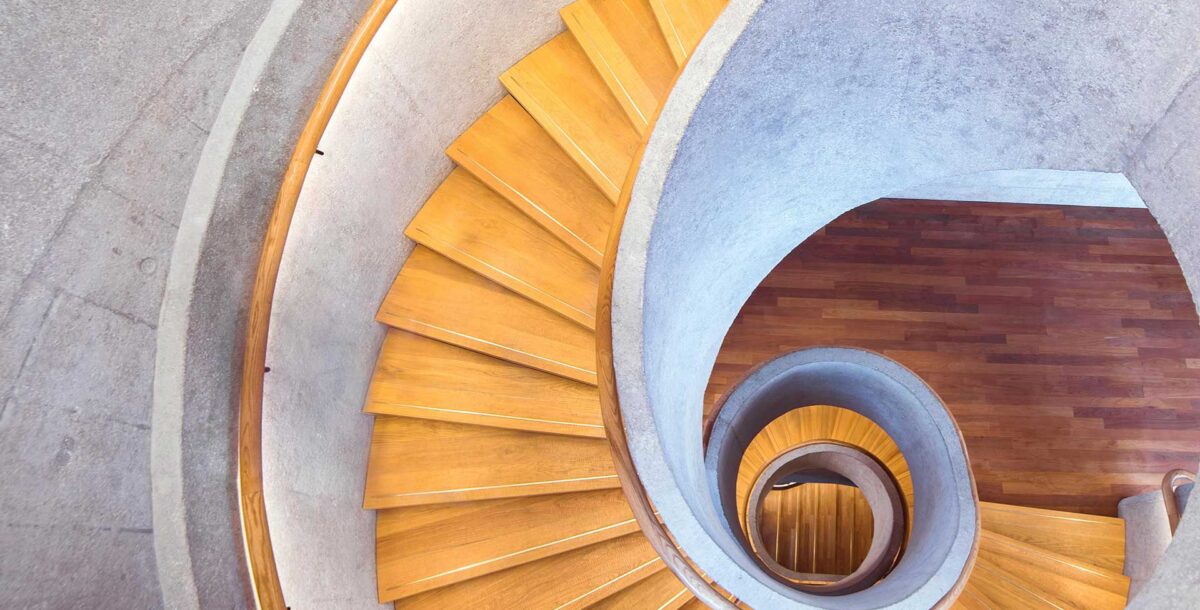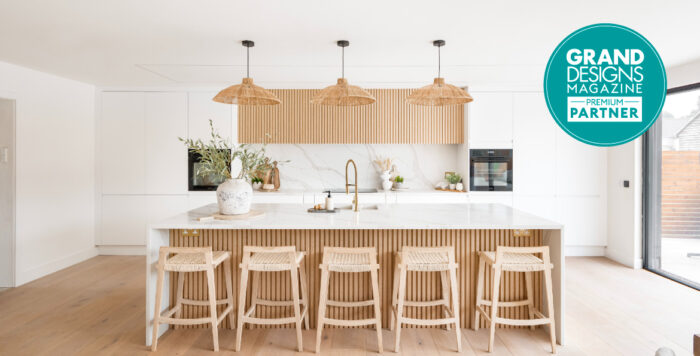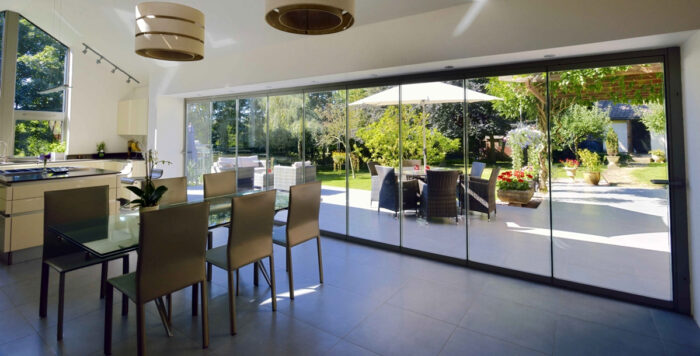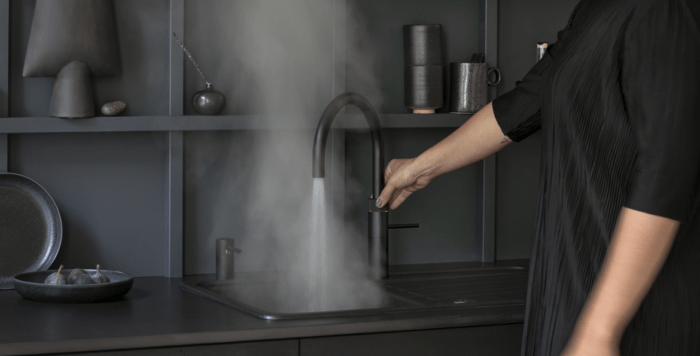5 things to know about living plant walls
Weight, planting and maintenance are factors to consider when choosing these verdant vertical gardens
Living plant walls can look impressive and disguise problem outdoor areas, but it’s something that requires careful consideration and maintenance.
Vertical gardens take the idea of outdoor planting to a new plane. A living wall involves designing and installing a prefabricated growing system to create a vibrant, striking feature.
With professionally installed systems, the supporting structure is usually a type of racking made up of pockets or cells. Other methods include a capillary matting system, which attaches to a waterproof backing and frame.
A nutrient-rich irrigation system is an essential part of the design. An expert will advise on location, aspect and adjacent features, which all play a part in a flourishing wall.
Grand Designs spoke to Adam Shepherd of Tapestry Vertical Gardens for his key considerations for an outdoor living plant wall.
1. Maintaining a living wall
A living wall will thrive if plant selection is considered for the aspect and climate and the wall is maintained and fed correctly. Professional installers offer a maintenance plan that can be quarterly, but if you’re after a more manicured look choose monthly maintenance.
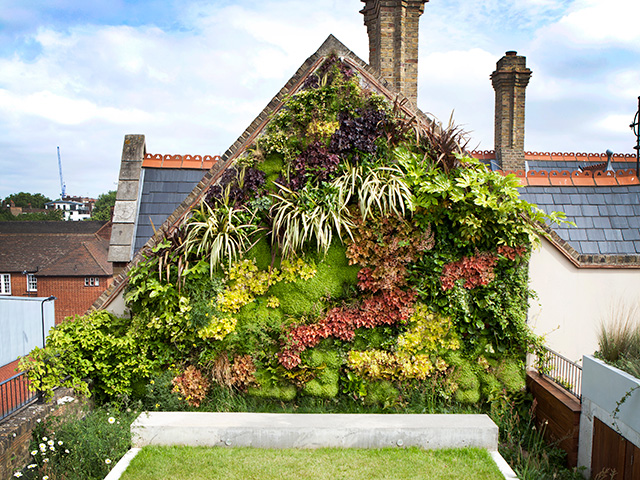
Photo: Tapestry Vertical Gardens
2. Irrigation made easy
The irrigation system is designed to keep the green wall constantly moist and releases water and nutrients at a set rate via an automated system. Depending on the design of the wall, the top sections may need to be watered for longer as the bottom ones benefit from run-off.
The irrigation system includes a feed tank kit, which can be hidden behind the green wall itself, in planting beds or in seating areas. The kit doesn’t have to be anywhere near to the living wall, just as long as a pipe can be run between it and the wall.
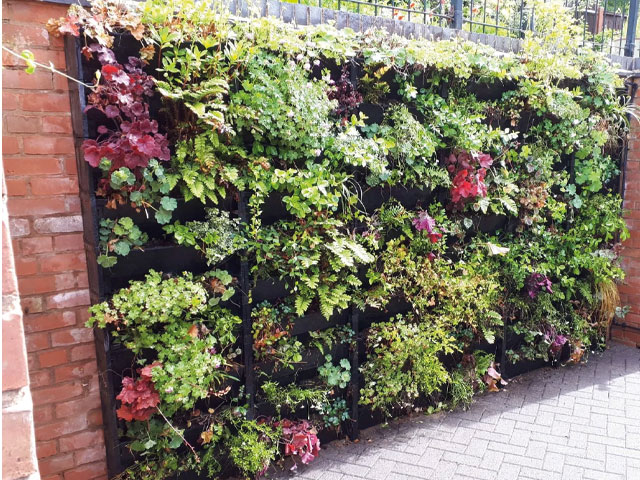
Photo: Hedera Screens
3. Drainage considerations
Drainage is important and, in most instances, a channel drain is installed in the paving beneath the living wall to carry away excess water.
Alternatively, an integrated drip tray that sits above any paving and takes the wastewater away to an agreed point can be installed. Drip trays are a great option for retrofit living walls and when installing above doorways.
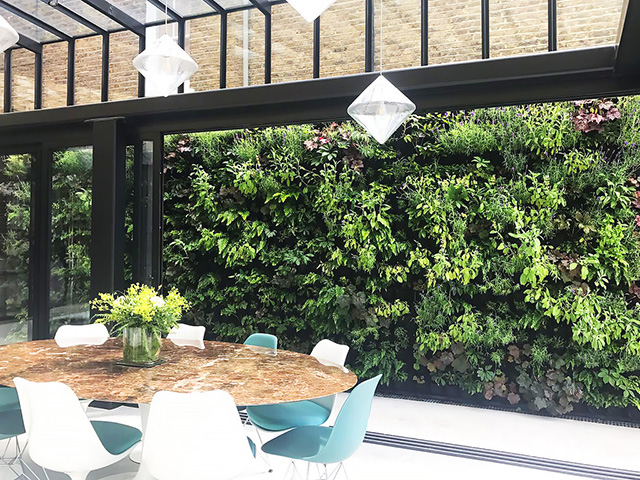
A mix of herbs and hardy perennials. Photo: Verti Grow
4. Soilless systems
A soilless system means the growing medium won’t decompose or have to be replaced, unlike soil-based systems. Plants are rooted into a porous, mould-free, geotextile material that allows for root migration throughout the wall.
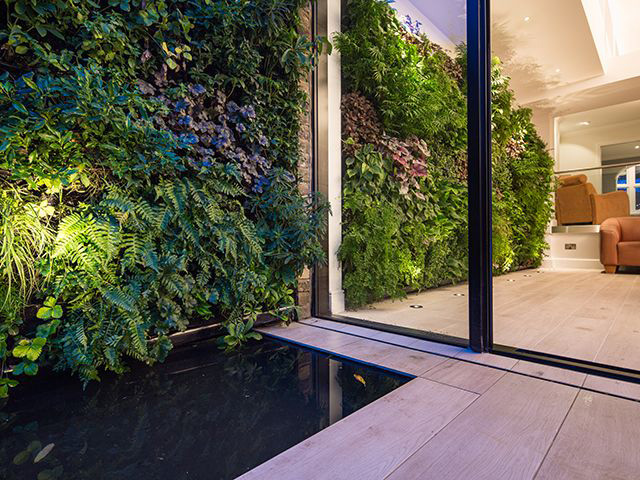
Private residence by ANS Global. Photo: Charlie Round Turner
5. Feature lighting
Adding lighting, such as external LED in ground uplighters or overhead spotlights to the decking or paving beneath the living wall, creates an impressive focal point at night and allows it to be used in the evening.
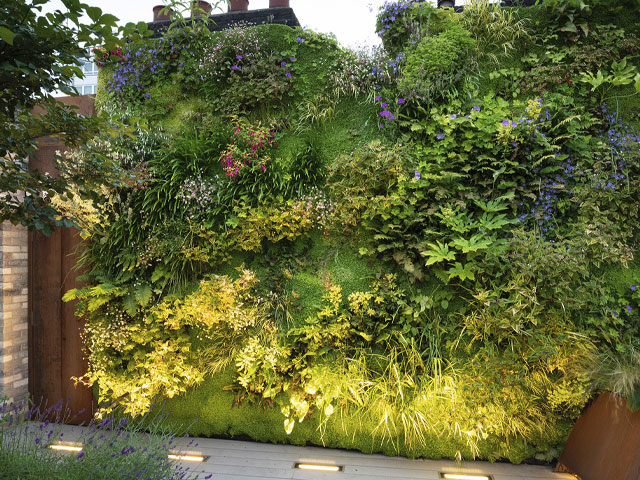
Photo: Tapestry Vertical Gardens

